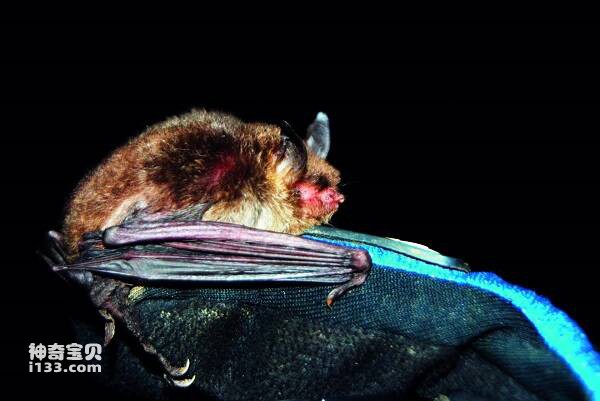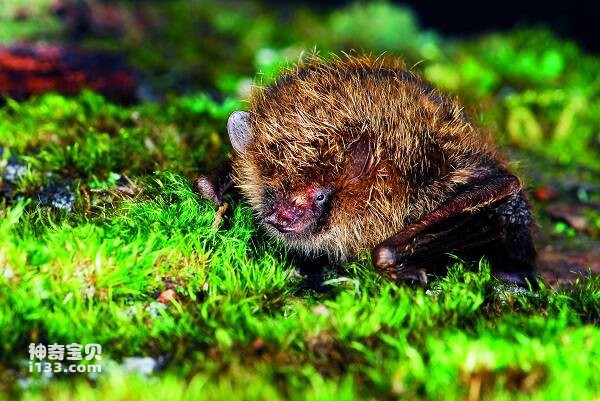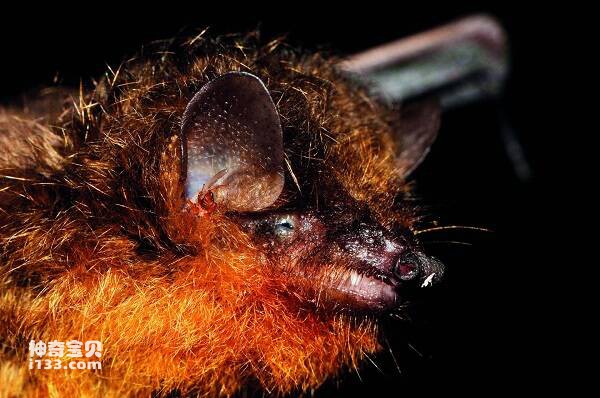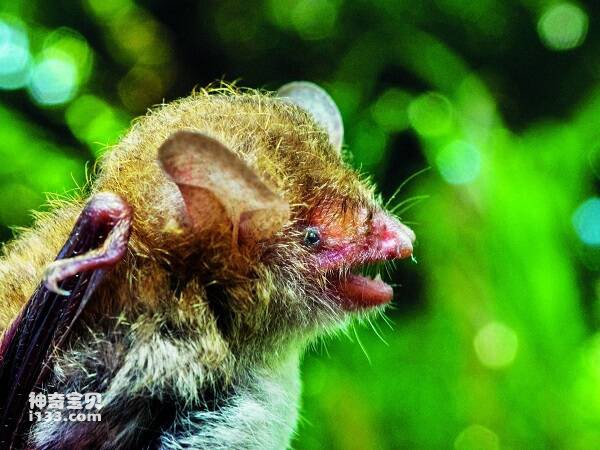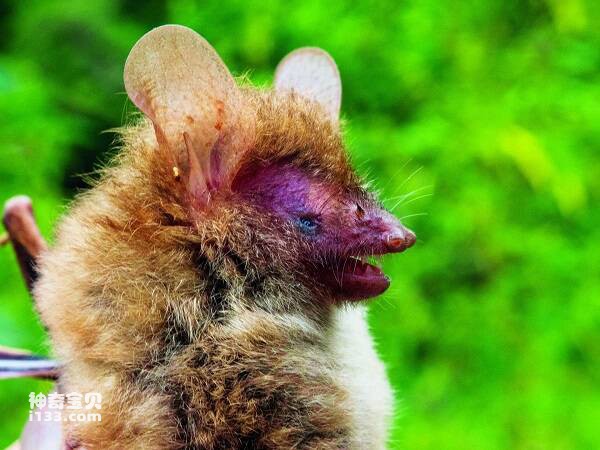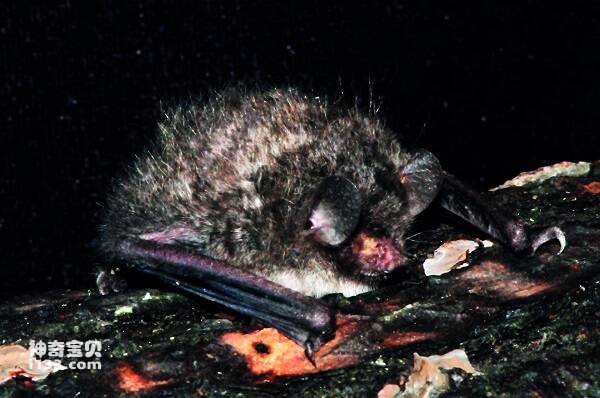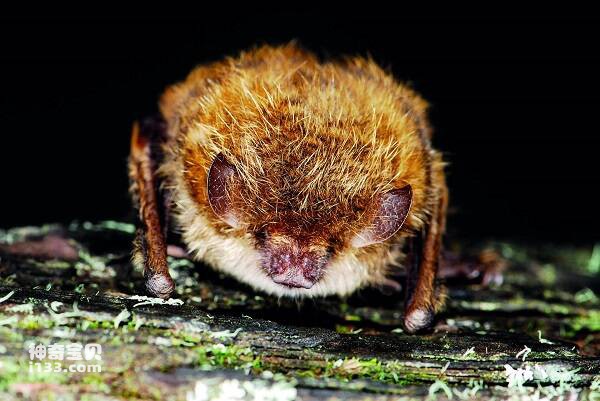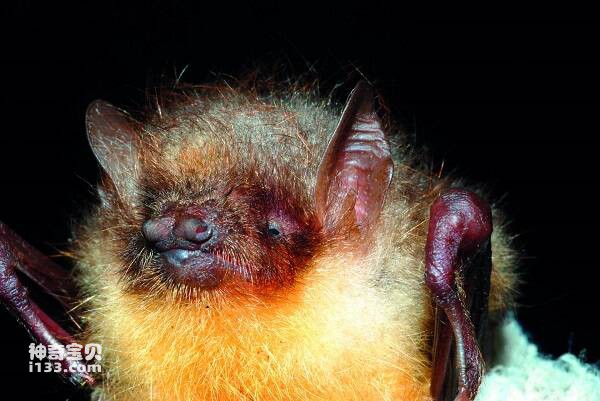Myotis nipalensis
IUCN
LCBasic Information
Scientific classification
- name:Myotis nipalensis
- Scientific Name:Myotis nipalensis
- Outline:Chiroptera
- Family:Chiroptera batidae Myoetis
Vital signs
- length:
- Weight:
- lifetime:
Feature
There is a distinct notch at the base of the tragus
Distribution and Habitat
It is distributed in Qinghai, Gansu, Xinjiang and Tibet in China (Jiang Zhigang, 2015). Liu Qi et al. (2014) found distribution of this species in Shiyan, Hubei Province and Yixing, Jiangsu Province.
Appearance
The body is smaller, with a forearm length of 34-36.9mm. The inner edge of the ear shell is curved, and there are obvious nicks at 1/4 of the outer base, and there are raised leaves under the notch, almost at right angles to the notch. The tragus is long, lance-shaped, about half the length of the ear, with a distinct notch (notch) at the base of the tragus and a small triangular lobe below it. The tibia is about 14mm long, about twice the length of the hind foot. The distance is thin and short, and the tail end slightly extends the posterior margin of the interfemoral membrane. The rostral part of the skull is slightly upturned, and the cranial base is 12.5-13.0mm long. The zygomatic arch is slender and does not extend laterally; No sagittal ridge or herringbone ridge. Dorsal hairy base dark brown or nearly black, tip light brown or white brown. Ventral coat base dark brown, tip white or sandy white. The ear shell, alar membrane, interfemoral membrane and toe are brown or dark brown.
Details
boto, "Helvetica Neue", Arial, "Noto Sans", sans-serif, "Apple Color Emoji", "Segoe UI Emoji", "Segoe UI Symbol", "Noto Color Emoji"; font-size: 14px; background-color: rgb(255, 255, 255);">The Nepalese Myotis is relatively small, with a forearm length of 34-36.9mm. The inner edge of the ear shell is curved, and there are obvious nicks at 1/4 of the outer base, and there are raised leaves under the notch, almost at right angles to the notch. The tragus is long, lance-shaped, about half the length of the ear, with a distinct notch (notch) at the base of the tragus and a small triangular lobe below it. The tibia is about 14mm long, about twice the length of the hind foot. The distance is thin and short, and the tail end slightly extends the posterior margin of the interfemoral membrane. The rostral part of the skull is slightly upturned, and the cranial base is 12.5-13.0mm long. The zygomatic arch is slender and does not extend laterally; No sagittal ridge or herringbone ridge. Dorsal hairy base dark brown or nearly black, tip light brown or white brown. Ventral coat base dark brown, tip white or sandy white. The ear shell, alar membrane, interfemoral membrane and toe are brown or dark brown.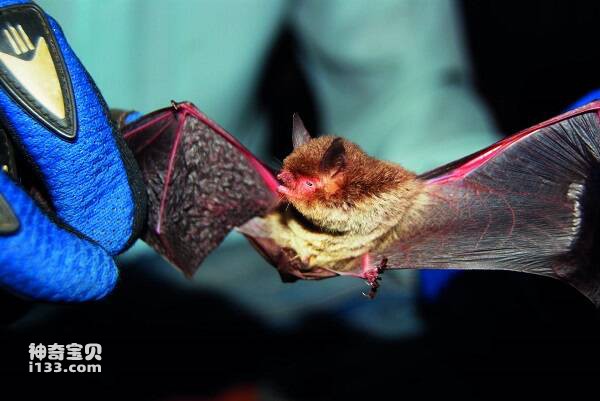
boto, "Helvetica Neue", Arial, "Noto Sans", sans-serif, "Apple Color Emoji", "Segoe UI Emoji", "Segoe UI Symbol", "Noto Color Emoji"; font-size: 14px; background-color: rgb(255, 255, 255);">It used to be a subspecies of Myotis mystacinus <M. mystacinus kukunoriensis> (Tan, 1992; Zhang Rongzu, 1997; Wang Yingxiang, 2003). The Northwest Plateau Research Institute of Chinese Academy of Sciences (1989) modified Qinghai Myotis kukunoriensis as a separate species based on the great difference between the ear, skull and tooth structure of Qinghai specimens and Myotis kukunoriensis. Simmons (2005) incorporated it into the Nepalese Myoetis (<M. nipalensis).
boto, "Helvetica Neue", Arial, "Noto Sans", sans-serif, "Apple Color Emoji", "Segoe UI Emoji", "Segoe UI Symbol", "Noto Color Emoji"; font-size: 14px; background-color: rgb(255, 255, 255);">